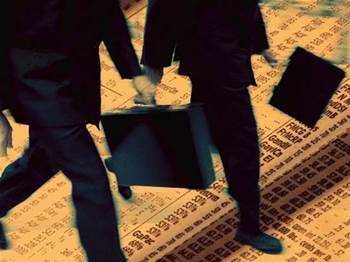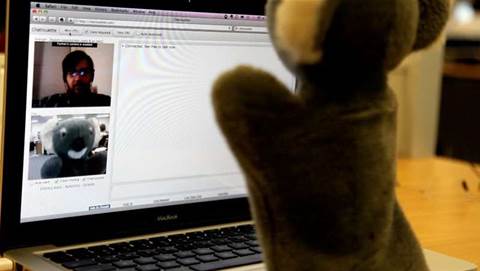Built using wires that are 25 times thinner than human hair, the nanogenerators could be embedded in clothes, shoes and muscles to harvest energy from users' movements.
The technology is being developed by a 15-person team led by Zhong Lin Wang of the Georgia Institute of Technology.
It is based on the piezoelectric properties of Zinc Oxide (ZnO) nanowires, which cause the wires to generate an electric current when subjected to mechanical stress.
So far, the researchers have been able to achieve a maximum output voltage of 0.2 volts. For comparison, devices that are charged via USB generally operate on 5 volts.
"The greatest challenge is to improve the output voltage and power," said Wang, who is a professor in the institute's School of Material Science and Engineering.
"Once we can raise the output voltage to [between] 0.5 to 1 volt, there are outstanding applications in many areas."
The nanogenerator currently operates with an efficiency of 6.8 per cent, which Wang said is a significant improvement on their results a year ago.
If the researchers are able to integrate many nanowires in a single generator, Wang said the output voltage and power could increase to useable levels.
"If the output power will be enough for powering the devices, I believe that we can," Wang said. "Our goal is to replace battery."
Already, the researchers have applied the technology in a power-generating T-shirt built from zinc-oxide threads, and a miniscule, power-generating jacket for a hamster.
The nanogenerator is expected to be especially useful in military applications, to power sensors or communication devices for troops who may be far away from energy sources.
Nanowires could even be embedded in tents to scavenge energy from the wind.
"I believe that there are market needs for this type of technology now," said Wang, "[and] in a few years, such needs will drastically increase."
"Once successful, the market can be even larger than US$100 million," he said.


























